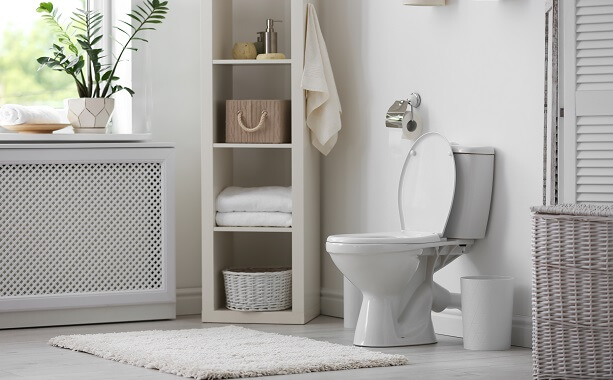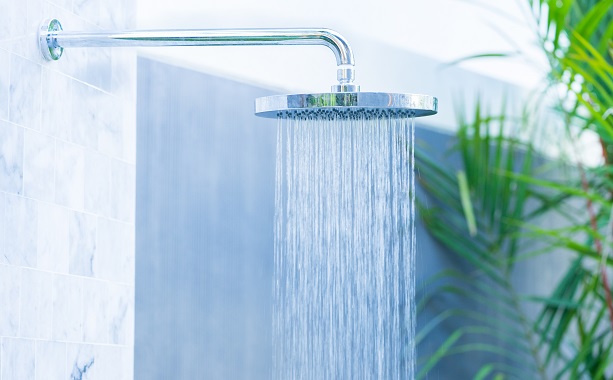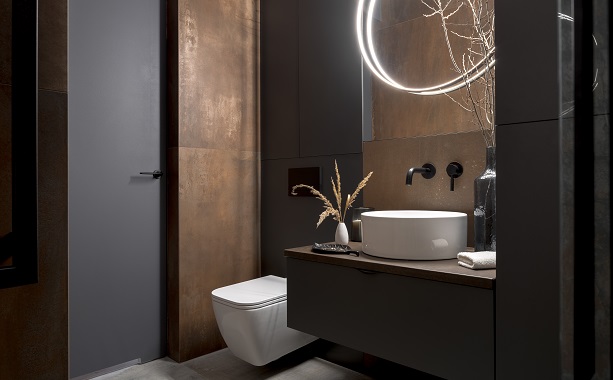How to choose the perfect toilet
A toilet is one of the most important items of bathroom suites and sanitaryware, yet many householders aren't aware of all the different toilet types available on the market.
In this guide we'll look at three of the most popular toilet types, all of which are affordable and can be installed in a domestic property, creating a striking and modern bathroom aesthetic.
Are there different types of toilet seats?
Just as there are different types of toilets, there are also different types of toilet seats. The biggest factor in this is the shape of the toilet pan, which may be round/oval, D-shaped or a square/rectangular shape with curved corners.
Because of this, it's important to get a toilet seat that fits. You should also check the measurement between the fixing holes, and the availability of access to secure the seat underneath the toilet pan rather than from above.
Most mainstream toilet seats won’t be difficult to replace, so if you decide to upgrade to a soft-closing lid at a later date, it should be easy to find one that fits.
Lifting the lid on different types of toilets
Now we've got the question of toilet seats out of the way, we can look at the main types of toilets available on the market. In this guide we've left out vintage and retro toilets where the cistern is mounted high on the wall - we're just looking at the main modern options.


